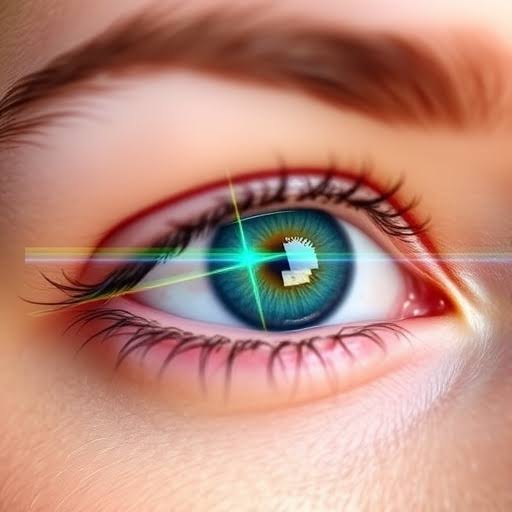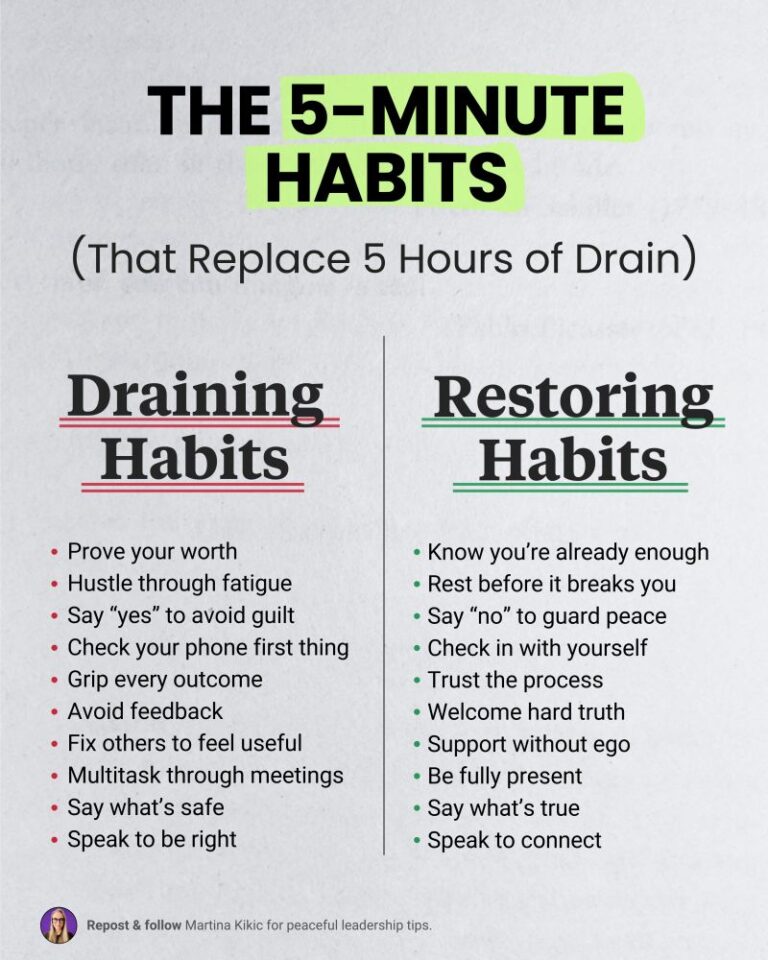
Learn about innovative alternatives to LASIK surgery for correcting vision problems. Discover the latest technologies, non-invasive solutions, and the future of eye care
Introduction
For decades, LASIK surgery has been the go-to solution for millions of people suffering from nearsightedness, farsightedness, and astigmatism. While highly effective, LASIK isn’t suitable for everyone — especially those with thin corneas, dry eyes, or certain eye conditions.
This has driven researchers and eye specialists to develop new technologies that correct vision problems without the risks or limitations of LASIK. In this article, we explore the emerging alternatives and how they may transform the future of vision correction.
Why Look Beyond LASIK?
While LASIK remains popular, it has some drawbacks:
Not recommended for people with thin or irregular corneas.
Risk of dry eyes, glare, and halos.
Not reversible once performed.
Rare but possible complications like flap issues or regression.
Because of these challenges, scientists and medical innovators are working on safer, more inclusive alternatives.
Emerging Alternatives to LASIK Surgery
1. SMILE (Small Incision Lenticule Extraction)
A newer, minimally invasive laser procedure.
Uses a femtosecond laser to reshape the cornea through a tiny incision.
Benefits: Less dry eye risk, faster healing, and no corneal flap.
2. Implantable Collamer Lenses (ICL)
A lens is implanted inside the eye, behind the iris and in front of the natural lens.
Often described as “permanent contact lenses.”
Benefits: Reversible, suitable for people with thin corneas or high prescriptions.
3. Corneal Inlays
Tiny, implantable devices placed in the cornea to improve near vision.
Designed mostly for presbyopia (age-related vision decline).
Benefit: Can be removed if needed
4. Wavefront-Guided and Topography-Guided PRK
An advanced version of PRK (Photorefractive Keratectomy).
Uses precise mapping of the cornea to customize treatment.
Benefits: Great for people with irregular corneas.
5. Gene Therapy & Stem Cell Research (Future Possibilities)
Scientists are exploring genetic therapies to repair or prevent vision problems at the source.
Stem cell research shows potential for regenerating damaged corneal or retinal tissue.
Could offer long-term cures, not just correction.
Non-Surgical & Technological Innovations
Beyond surgical methods, researchers are also developing non-invasive solutions:
Smart Contact Lenses: Google and other companies are working on lenses that adjust focus automatically.
AI-powered Glasses: Smart glasses that enhance vision in real-time using AI algorithms.
Light Therapy & Eye Exercises: Still experimental, but studies show promise for reshaping visual habits.
The Future of Vision Correction
The goal of new vision technologies is not just to match LASIK, but to surpass it by offering:
Safer procedures
Faster recovery times
Reversibility when needed
Broader eligibility for patients who can’t undergo LASIK
As science advances, the next decade of eye care may bring treatments that make glasses and contacts obsolete — without the risks of traditional surgery.
Conclusion
While LASIK has transformed eye care, it’s not the final word in vision correction. Emerging alternatives like SMILE, ICLs, corneal inlays, and future gene therapy are paving the way for safer, more effective solutions.
If you’re considering vision correction but don’t qualify for LASIK, keep an eye on these exciting innovations — they may soon change the way we see the world.







